dadndave - Feb 10, 2018 8:22 am - Voted 10/10
BravoQuite an epic! Nice to see a TR from RSA
|
|
Trip Report |
|---|---|
|
|
29.34785°S / 29.47600°E |
|
|
Dec 21, 2016 |
|
|
Hiking, Mountaineering |
|
|
Summer |
DOUBLE-CROSSING THE DRAGON
The Drakensberg Grand Traverse is a well-established route in which the KwaZulu-Natal Drakensberg Escarpment is traversed, usually between Sentinel Car Park and the Bushman’s Nek Border Post. This route is usually done in 10 to 14 days, is about 200 to 250 kms long, depending on route variation taken, and is vertically equivalent to climbing Kilimanjaro (5.9 km) two to three times.
The concept of a speed traverse has been around for many years. The rules for the current Grand Traverse Record Race were established in February 1999, when a team led by Gavin Raubenheimer completed the route in 4 days, 9 hours and 39 minutes. The current record-holders are Ryno Griesel and Ryan Sandes in a time of 1 day, 17 hours and 49 minutes, set in March 2014. While many have attempted to complete a speed traverse, very few succeed in completing the challenging route.
In March 2016, while taking a leisurely stroll around the Mnweni Cutback, I mentioned to 15-year-old Mike “Hobbit” van Wyngaard that I was thinking about having a go at something that had never been done before – doing two consecutive Drakensberg Grand Traverses. I told him to take a week or so to consider whether he would like to join me. It took him about eight seconds to decide.
Over the next nine months we did 800 kms of hard Drakensberg training together – aside from hundreds of kilometres of training at other locations. We did night hikes, difficult passes, and long days over big ridges. Neither of us had ever trained so hard, and we were both still nervous, but eventually the big day arrived.
The start was rocky – arriving at Bushman’s Nek the night before the start, Mike had forgotten his headlamp and food. The delay of having to drive back to Underberg the next morning wasn’t too costly and we set off only five minutes after our planned departure time of 9:00 am.
Upon reaching the escarpment, we were greeted by a hail storm and gale-force winds. Being hit in the eye by hail is no fun, and we soon found ourselves wondering what we were doing up there! We pushed on, but eventually decided to call it a day 15 kms short of our day's goal – finding an unmarked cave at the top of Tsepeng Pass.
Day two went much better, but after sitting out a massive storm in a cave that we shared with 20 or so goats, we remained behind schedule, with the first checkpoint – Thabana Ntlenyana, the highest point in Southern Africa – being delayed till day three.
By the end of day three, we were back on schedule, but after narrowly missing being struck by lightning on Giant’s Castle, the second check-point, we were absolutely sopping wet inside Giant's Cave – once again making us wonder what we were doing on top of these mountains. With the summit of Giant's Castle, Mike had become the seventh individual to complete the Khulu Challenge – which requires a hiker to summit all 26 peaks above 3 300 m in South Africa, as well as Thabana Ntlenyana.
Day four went considerably better, with 48 km covered entirely in daylight, and two more checkpoints ticked off – Mafadi and Champagne Castle.
Day five was largely uneventful, with the fifth check-point – Cleft Peak – being ticked off. Mike also wanted a few summits in the area, so we went up Mahout, Ntonjelana Knife and Ntonjelana Ridge Peak as well, none of these being check-points. I usually refer to these kinds of summits as “bonus peaks”.
Day six was our earliest start – the end was only 40 kms away, and a warm meal and proper bed was starting to sound very good! The toll of five hard days of hiking was clear as the Stimela Ridge and final check-point of Mont-Aux-Sources took significantly longer than expected.
We raced down the Chain Ladders and hit the finish line of Sentinel Car Park in a time of 5 days, 7 hours and 6 minutes. This was the 15th fastest time ever recorded on the route, and only the third time ever recorded in the south-to-north direction – a route that requires around 800 metres of additional altitude gain due to Sentinel Car Park being significantly higher than Bushman’s Nek.
We rested for four days before we were ready to set out again. Drakensberg legend and solo-speed-traverse record holder, Andrew Porter, had decided to join us for our return traverse. So at 10:00 am on 31 December 2016, we set off to do the route again, but this time shooting for a time of 80 hours.
Day one went mostly smoothly, and we reached Nguza Cave (where we spent the night) in 11 hours, covering 40 kms.
Day two was another matter entirely. Mike had never done more than 49 kms in a day before, and I had never done more than 56 kms in a day – so a 59 kms day with over 2 600 metres in ascent was taxing for both of us. Even Andrew, who recently ran across Nepal in under a month, admitted that this was a tough day!
Finishing the day after midnight resulted in a later-than-planned start on day three, and reaching Giant’s Cave on day three, morale was low. I decided to suggest that we call it a day there, and add an extra day to ensure that we still finish the traverse – everyone agreed.
Our trip up Giant's Castle – the fifth check-point this way around – was slow, but no urgency was required. This time we had a good view and got a good summit shot to commemorate Mike’s completion of the Khulu Challenge a few days earlier.
Day four started very well – we knew that 80 hours was no longer an option, but hiking through the night would make a four-day time possible. Covering the first 14 kms down the Mokhotlong in under three hours did help, and we soon found ourselves on top of the final check-point a full hour ahead of schedule.
As we crossed the Sehonghong Ridge, however, the mountains reminded us why the Zulus called them the “Barrier of Spears”, and why the Dutch called them the “Dragon’s Mountains”. Without much warning, a summer storm unlike any that the three of us had ever seen erupted. Within 15 minutes, our raincoats had been soaked right through. We were all cold and wet, and we knew our unsupported traverse was over.
After over an hour of hiking in the driving rain, we found ourselves at Sani Stones Lodge – merely using the roof for shelter had cost us our unsupported traverse, but we knew that the odds of a tragic end to our tale would be high had we not opted to do this.
After some hot coffee, a hot shower and a few hours in front of the fire, all our wet items – some of which had been within three layers of waterproofing in our backpacks – had dried once again.
An early alarm time on day five woke us up to more rain. The Lodge only accepted cash and we had no more cash, so we had to relocate nine kms up the road to Sani Mountain Lodge where payment by card was permissible. Rain continued throughout the day, and we discussed our options. The weather forecast looked grim, and we knew that the odds of being forced to bale so close to the end was very high.
An early alarm on day six revealed a cold, wet mountain, but it was not raining at the time. We knew that continuing on top was risky, but if we were forced off the top, we could at least get back to the car via the Giant's Cup Trail. The final day was not on the fastest route – walking up the Sani Road had placed us well off the usual route, we completed the final 50 kms in just over 12 hours.
Our time of 126 hours and 55 minutes won’t count as a speed time as we did not meet the requirement of being fully-unsupported, but our time of 15 days 7 hours and 50 minutes for two Drakensberg Grand Traverses is still a first. Andrew pointed out that it would take roughly three times the effort to complete a double traverse as it would to complete a single traverse – mostly due to fatigue and lack of recovery time between traverses.
Our total distance was 463 kms and our total altitude gain was 18 701 metres.
With this, Mike joins a rather small group of individuals who have completed more than 1 000 kms of Drakensberg hiking in a calendar year, and one of very few individuals who have actually completed three full Drakensberg Grand Traverses, including having completed the traverse in both directions.
Full trip report at https://www.vertical-endeavour...
Quite an epic! Nice to see a TR from RSA
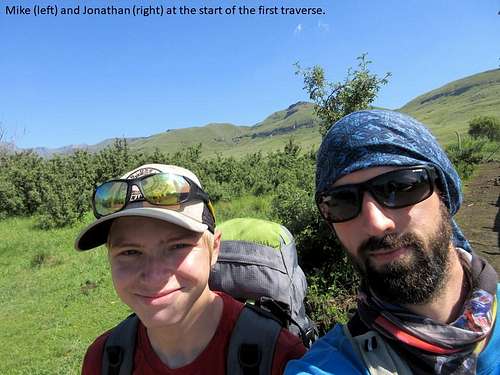
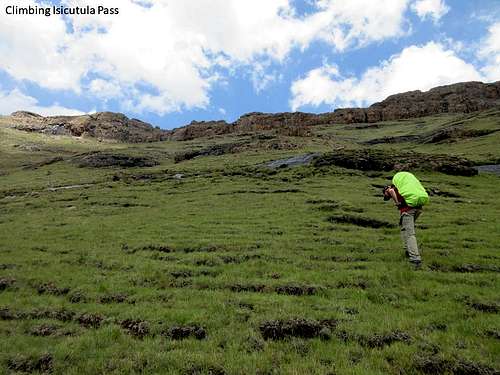
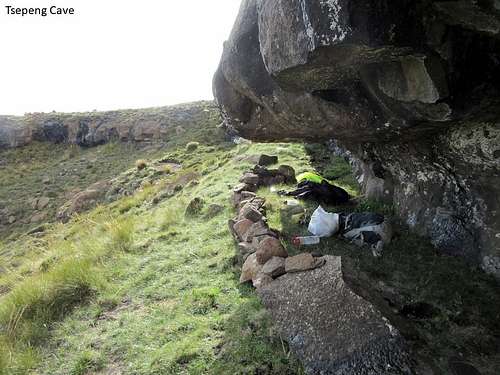
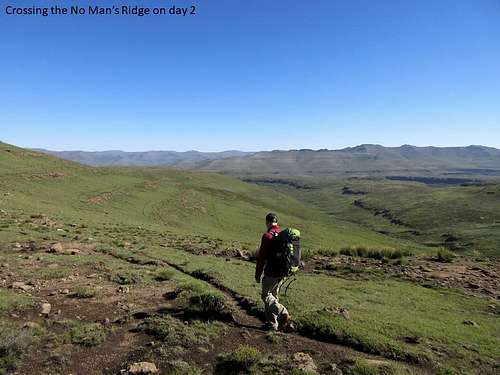


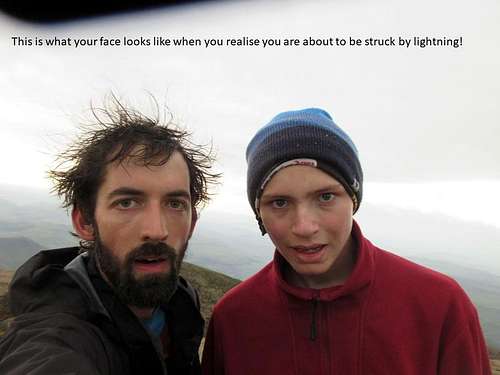
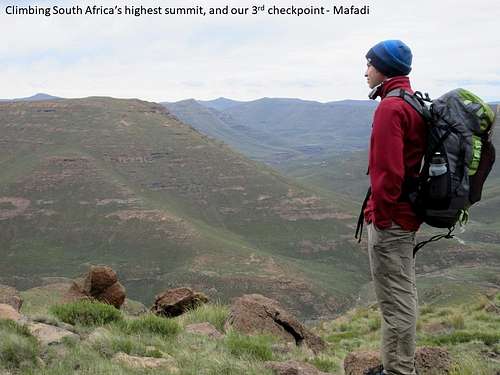
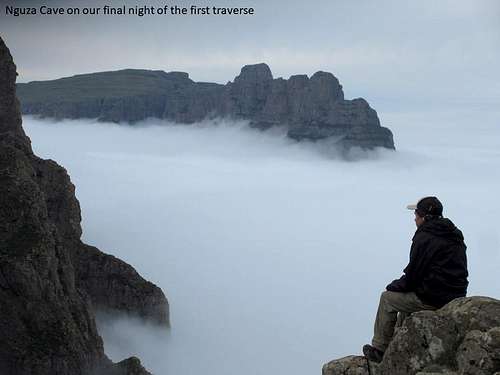


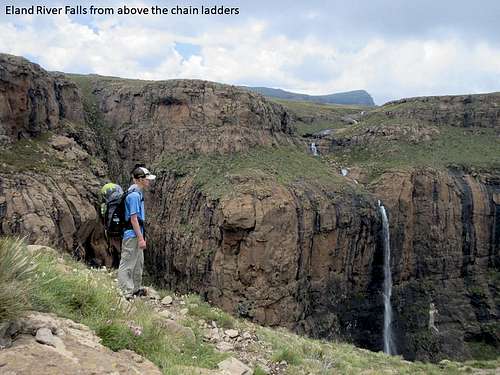


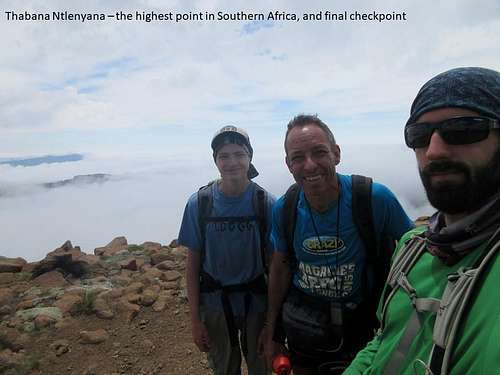
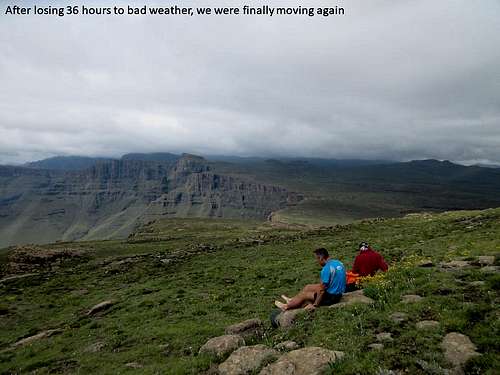

Comments
Post a Comment